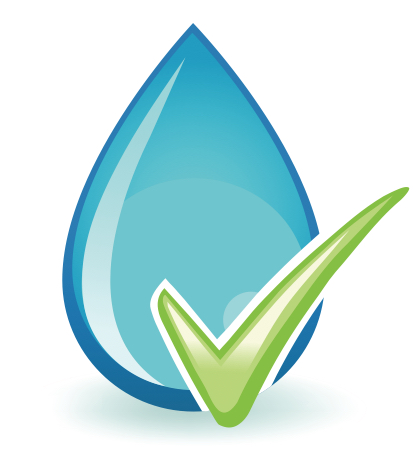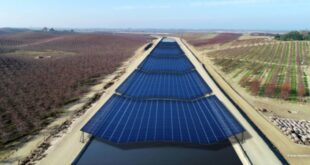California’s five-plus year drought continues to grip approximately 73 percent of the state but residents continue to battle back saving 19.5 percent in October. This reflects an increase in savings over a savings of 18.3 percent the prior month but below the 22.3 percent in savings in October 2015. State-mandated conservation targets were in place in October 2015 and were in effect until May of this year.
“Californians’ continued commitment to conservation shows they don’t take water for granted anymore,” said State Water Resources Control Board Chair Felicia Marcus. “With climate change playing an increasingly disruptive role, we need to save where we can, when we can. Coupled with recycling, stormwater recapture and other measures, it will extend our local water resilience.”
Despite early season rains in October and November in Northern California, the State Water Board continues to stress conservation. In November, the State Water Board along with four other state agencies released a draft framework for conservation. The new plan’s fundamental premise is that efficient water use helps all of California better prepare for longer and more severe droughts caused by climate change. The plan permanently bans wasteful practices like hosing off sidewalks and driveways, requiring automatic shut-off nozzles when washing vehicles at home and ensuring farmers plan and prepare for severe drought.
The state agencies’ conservation plan is the implementation of Governor Jerry Brown’s executive order, issued in May, which called for new permanent water use efficiency targets for each urban water supplier. The individualized targets allow each urban water supplier to determine a three-year resiliency plan against local “stress test” data allowing for California’s diverse climate, landscape and demographic conditions.
The State Water Board will continue to monitor conservation levels and water supply conditions, and will consider a staff proposal to extend emergency conservation regulations in January. The proposal may include a return to state-mandated conservation targets if dry conditions return or if conservation levels slip significantly.
One of the most significant findings in the October 2016 data was the statewide water for residential gallons per capita day (R-GPCD). Statewide the R-GPCD was 89.5 for October against the 106.4 R-GPCD in September though it was slightly above the R-GPCD of 87.2 reported for October 2015.
In October, about half of suppliers achieved water savings above 20 percent. These 196 suppliers serve more than fourteen million people, and include East Bay Municipal Utilities District, San Jose Water Company, Sacramento, Alameda County Water District, Modesto, California-American Water Company Sacramento District, Contra Costa Water District, Huntington Beach, Marin Municipal Water District, Sacramento County Water Agency, Stockton, Sacramento Suburban Water District, Santa Rosa, and California Water Service Company Stockton.
“It’s good to see improvement in conservation in areas that had slipped, particularly in northern California, whether that was because of rain or other reasons, even though they have better supplies than in previous years,” Marcus added.
 California Water News Daily Your Source For Water News in California
California Water News Daily Your Source For Water News in California


